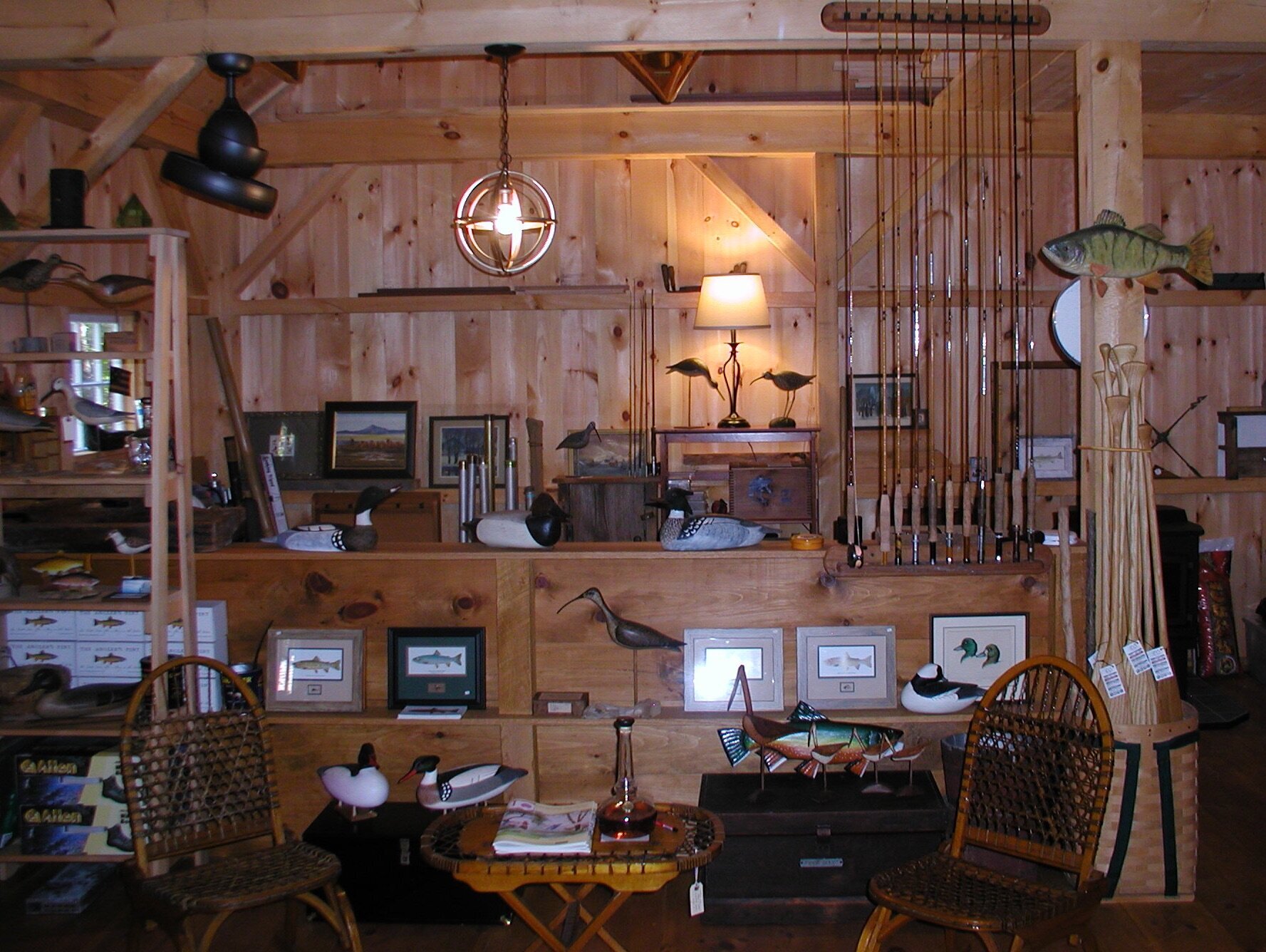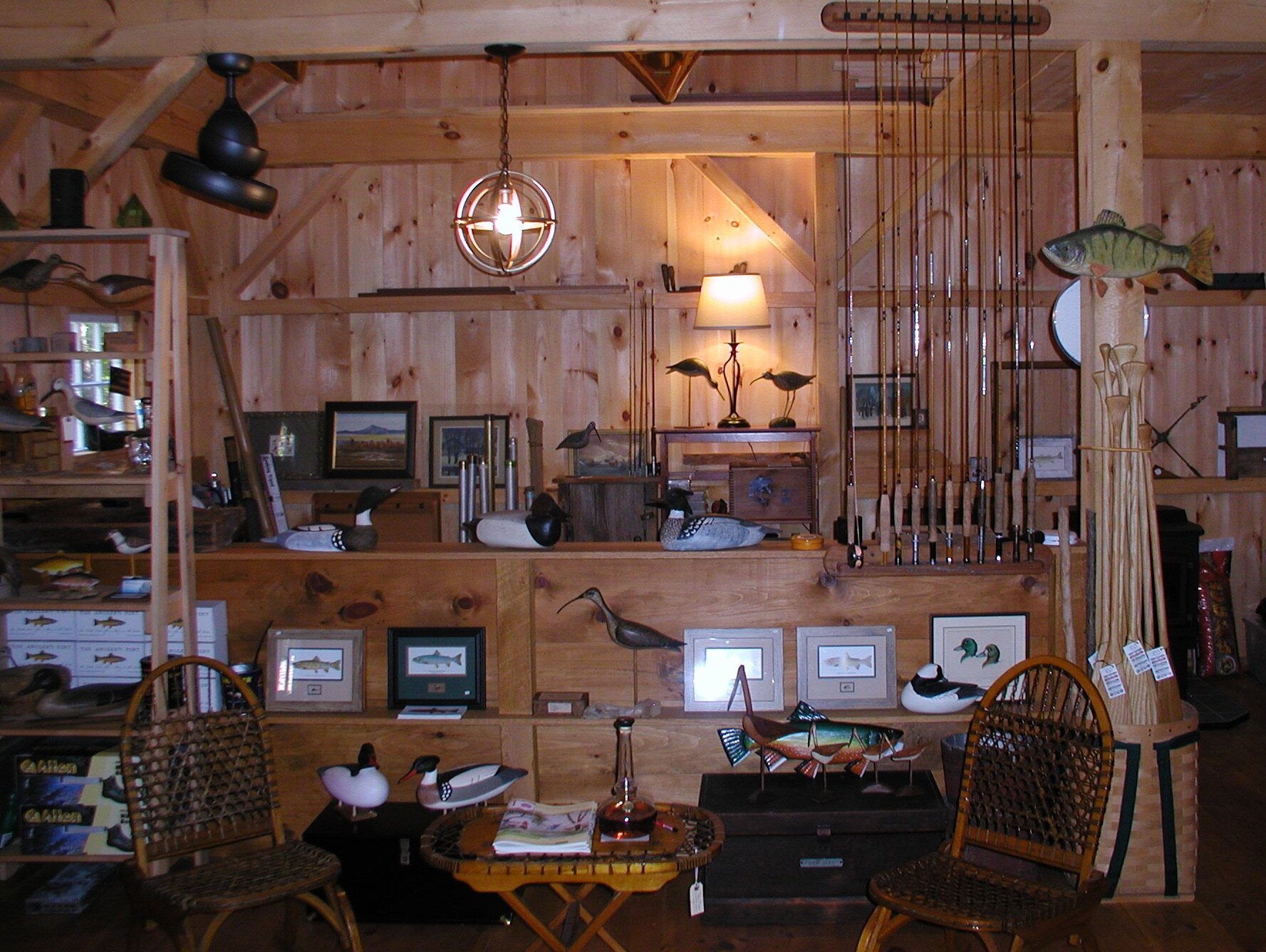
About Swift River
About Swift River Fly Fishing
Swift River Fly Fishing takes its name from the river that flows south through the hills of west-central Massachusetts and the valley that was cleared and dammed in the 30s and 40s to create the Quabbin Reservoir, Boston’s principle source of drinking water. This taking has always been viewed with mixed emotions. But the area is now home to once extirpated wildlife species such wild turkey, bald eagle, bear and moose. Its waters host native brook trout and a thriving population of lake trout and landlocked salmon that now spawn in the branches of the Swift River when conditions are right.
Quabbin and the Swift River are symbols of many things for many people. These hills and river valleys gave birth to Shays Rebellion, when after the American Revolution local farmers rebelled against the laws that allowed their farms to be taken and resold without due-process. More than a century later, as an expanding Boston area population looked for clean water, the Swift River Valley and a place called Quabbin (many waters) by the native peoples who once lived there became the new target.
The Swift River area towns are still places where one can find a fine old bamboo fly rod standing in the corner, waiting for a pause in chores for a trip to the stream. One of those towns, Pelham, gave birth to the first large rod turning and bamboo rod shop that years later became known as Montague Rod and Reel, and then Sewell Dunton, before being bought by Thomas and Thomas. It is this heritage that gave birth to Swift River Fly Fishing, where classical tackle of the past and present are available to discerning fishermen and collectors who appreciate the American craftsmanship that gave rise to some of the most elegant and graceful tools made by human-kind.
